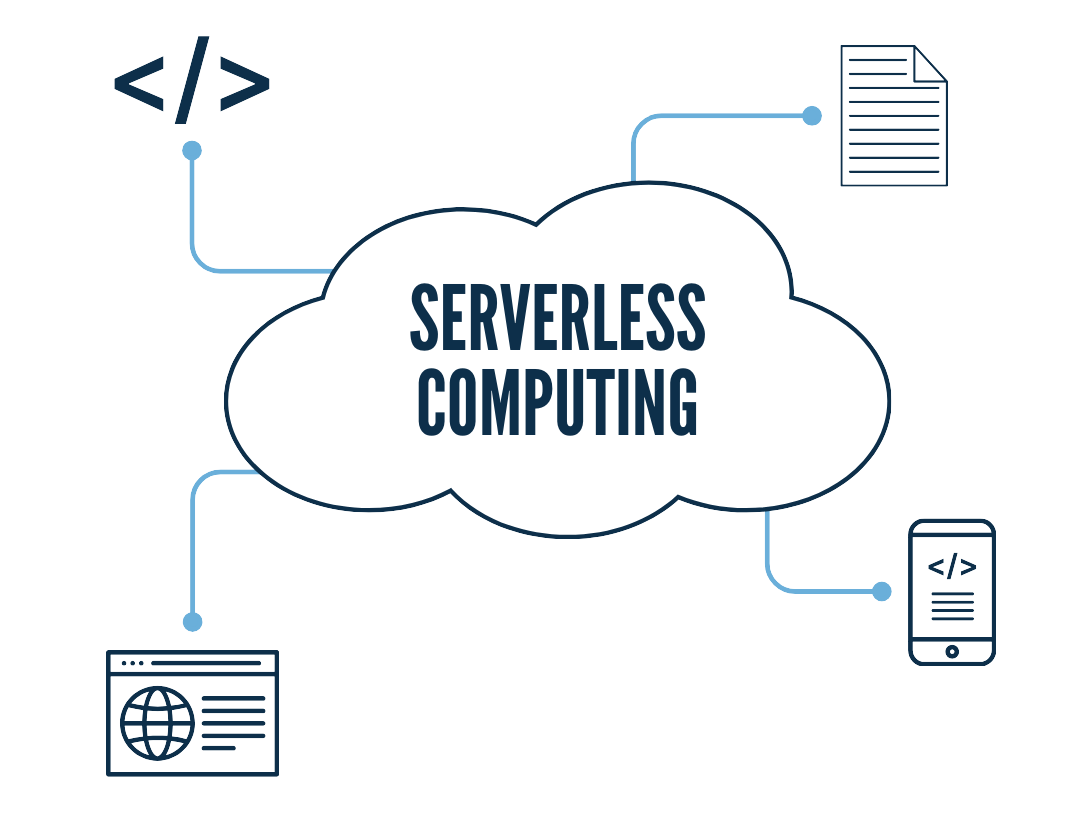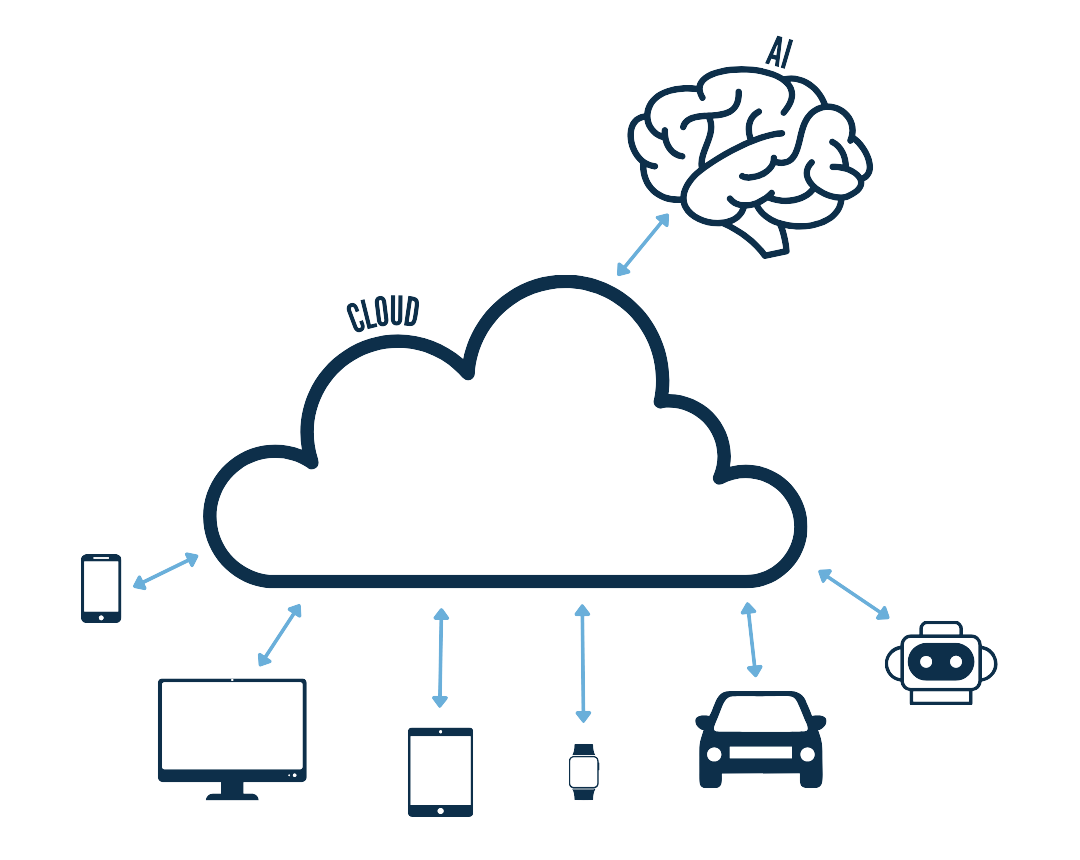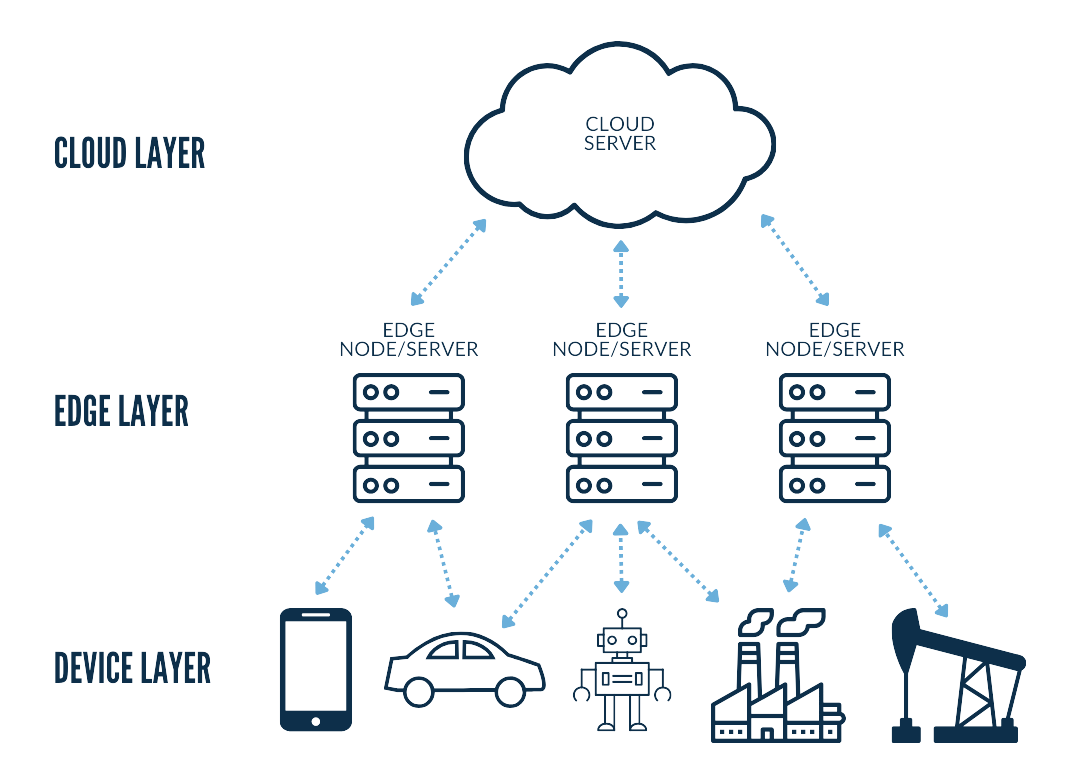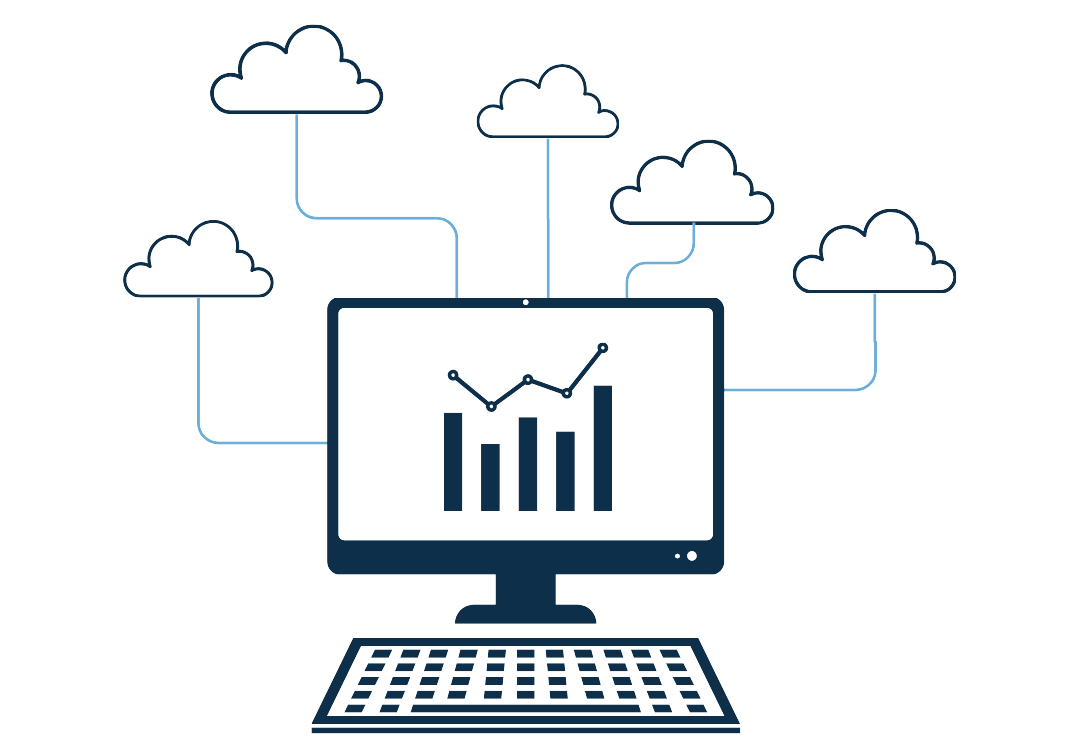As we welcome 2025, the landscape of cloud application development is poised to experience groundbreaking shifts. New technologies are constantly reshaping how businesses interact with their data, customers, and resources. The cloud is becoming more powerful, flexible, and integrated into our daily lives, with businesses adopting cutting-edge tools to drive efficiency and innovation.
To stay ahead in this competitive environment, businesses must understand and leverage the key trends shaping cloud application development. This article explores four key trends—serverless computing, AI integration, edge computing, and multi-cloud strategies—and how businesses can harness these technologies for growth and innovation in 2025.
Serverless Computing: Redefining Scalability and Cost Efficiency
What is Serverless Computing?
Serverless computing is a cloud model where businesses and developers don’t have to manage or worry about servers. The cloud provider takes care of infrastructure management, allowing developers to focus solely on code. Rather than renting virtual machines or provisioning servers, businesses can simply deploy their applications, and the cloud provider automatically handles resource allocation and scaling.
How Businesses Will Leverage Technology in 2025
Serverless computing offers businesses incredible benefits, particularly in scalability and cost-efficiency. Traditional cloud models require businesses to predict the infrastructure needs for their applications, often leading to over-provisioning or underutilization of resources. Serverless computing eliminates this challenge, allowing businesses to pay only for the compute resources they use, drastically reducing costs.
Additionally, serverless computing enables rapid scaling, which is especially beneficial for businesses with fluctuating workloads. Startups and small businesses can particularly benefit from this model, as they no longer have to invest heavily in IT infrastructure upfront. Instead, they can start small and scale as needed without the burden of managing hardware.

Artificial Intelligence (AI) Integration: Unlocking Smarter Business Applications
The Growing Role of AI in Cloud Applications
Artificial intelligence (AI) is playing an increasingly significant role in cloud applications, automating processes and enabling businesses to make smarter decisions. From predictive analytics to customer-facing chatbots, AI is transforming how businesses deliver services, manage operations, and interact with customers.
Cloud platforms are particularly well-suited for AI, as they provide the massive computational power required for machine learning and data analysis. In 2025, we can expect AI to become even more deeply integrated into cloud-based applications, providing businesses with tools that were once only available to large enterprises.
The Role of AI in Cloud Application Development in 2025
In 2025, AI-powered applications will be essential for businesses looking to maintain a competitive edge. AI can enhance data processing and security, automate routine tasks, and offer highly personalized user experiences. Whether it’s recommending products to customers based on browsing history or predicting demand in a supply chain, AI will be an invaluable tool for streamlining operations and improving decision-making.
Moreover, AI-powered cloud applications can enable businesses to analyze vast amounts of data quickly, gaining insights that would be impossible for humans to uncover manually. This can drive innovation in sectors like e-commerce, healthcare, finance, and more.

Edge Computing: Bringing Processing Power Closer to the Source
What is Edge Computing?
Edge computing refers to the practice of processing data closer to the location where it is generated, rather than relying solely on centralized cloud data centers. This approach reduces latency, speeds up data processing, and makes applications more responsive. Edge computing is becoming essential for real-time applications that need to operate without delay, such as autonomous vehicles, IoT devices, and healthcare monitoring systems.
By bringing computing resources closer to the data source, edge computing ensures that businesses can provide faster, more reliable services to their customers.
The Impact of Edge Computing in 2025
As IoT devices proliferate and demand for real-time applications grows, edge computing will become a key part of cloud application development. Industries such as healthcare, manufacturing, and retail are already reaping the benefits of edge computing by processing data locally to make real-time decisions.
For example, edge computing can be used to analyze data from wearables in real time, allowing healthcare providers to monitor patients remotely and intervene immediately if necessary. Similarly, in retail, real-time inventory tracking and customer behavior analytics can be powered by edge computing, improving the customer experience and operational efficiency.

Multi-Cloud Strategies: Mitigating Risk and Maximizing Flexibility
What is a Multi-Cloud Strategy?
A multi-cloud strategy involves using services from multiple cloud providers to ensure that businesses don’t rely on a single vendor. This approach helps mitigate the risks associated with vendor lock-in and allows businesses to leverage the best services from different providers. By combining offerings from various cloud platforms, businesses can optimize cost, performance, and security.
The Rise of Multi-Cloud in 2025
As businesses seek to maximize uptime, flexibility, and performance, multi-cloud strategies are becoming more popular. In 2025, we expect to see an increase in the adoption of multi-cloud approaches, as businesses look to enhance their cloud resilience and avoid single points of failure.
A multi-cloud strategy can also provide businesses with greater flexibility to scale operations, migrate workloads, and customize cloud environments according to specific needs. Whether it’s using one cloud provider for data storage and another for computing, multi-cloud approaches ensure that businesses get the most value from their cloud investments.

Why Partner with Marcel Digital?
As businesses strive to stay ahead of the curve in 2025, partnering with an experienced cloud development team is essential. Marcel Digital's cloud-first custom development approach empowers businesses to harness the full potential of serverless computing, AI integration, edge computing, and multi-cloud strategies.
Marcel Digital’s team of experts ensures that your business can implement cutting-edge technologies that drive growth, streamline operations, and enhance customer experiences. With a deep understanding of cloud architecture and the latest trends, we work closely with businesses to design and build scalable, secure, and efficient cloud solutions that meet their unique needs.
Whether you're looking to adopt serverless computing to optimize costs, integrate AI for smarter decision-making, leverage edge computing for real-time applications, or develop a multi-cloud strategy for enhanced flexibility, Marcel Digital is here to help. Our comprehensive cloud solutions are tailored to support your long-term success in an ever-evolving technological environment. Reach out to us today to learn more.
Ready to start your project?
Let's chat. Fill out our form, and our team will be in touch with you shortly.
Web Development
About the author
Alex Vilmur
Alex Vilmur is a wizard at development and also trumpet. He once auditioned for The Mighty Mighty Bosstones, but found his passion for website development and Umbraco made it too hard to leave.